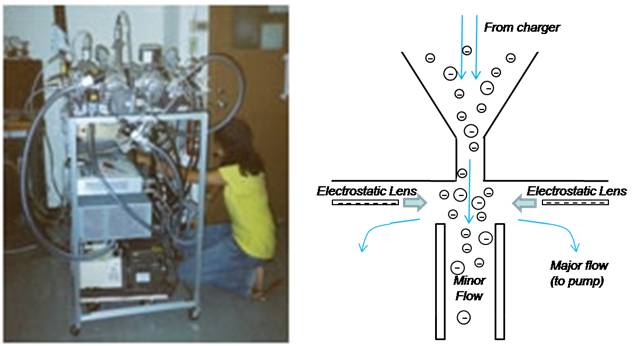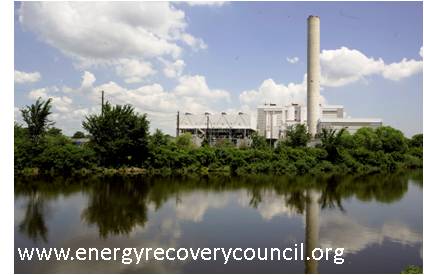Archived Projects
Heterogeneous Chemistry of PAHs and Graphene
Sponsored by: Columbia NSEC (NSF, NYSTAR)
Alumni: Andrew Sumner, Chang Min (Thomas) Jeon, Maheteme Kebede, Sophie Chu, Sophia Sands, Michelle Tomasik, Paul Lee
Polycyclic aromatic hydrocarbons (PAH) are byproducts of combustion which are prevalent in the environment and may have adverse effects on human health. We have found that the PAH-substrate interaction can significantly influence the mechanisms and products of heterogeneous PAH oxidation by O3. For some oxidation pathways, the carbon skeleton of the oxidation products or reaction intermediates deviates significantly from the planar geometry of the PAH parent molecule. This departure from planar geometry may be inhibited by attractive interactions between the PAH molecule and the underlying substrate.
Publications on this topic:
“Ozone oxidation of polycyclic aromatic hydrocarbons: Role of PAH-surface interaction” SN Chu, S Sands, MR Tomasik, PS Lee, VF McNeill. J. Am. Chem. Soc., 132 (45), 15968–15975 (2010) link to paper
Aerosol Concentrating Chemical Ionization Mass Spectrometry
Sponsored by: NSF BRIGE program
Alumni: Joe Woo, Neha Sareen, Allison Schwier, Coty Jen, Simon Thompson
Aerosol Chemical Ionization Mass Spectrometry (Aerosol-CIMS) is a powerful tool used by our group to characterize the chemical composition of aerosol particles. We developed a novel aerosol concentrating inlet for use with Aerosol-CIMS.
Publications on this topic:
“Reactive processing of formaldehyde and acetaldehyde in aqueous aerosol mimics: Surface tension depression and secondary organic products” Z Li, AN Schwier, N Sareen, and VF McNeill, Atmos. Chem. Phys. , 11, 11617-11629 (2011) link to paper
“Glyoxal-Methylglyoxal Cross-reactions in Secondary Organic Aerosol Formation” AN Schwier, N Sareen, D Mitroo, EL Shapiro, VF McNeill. Environ. Sci. Technol, 44 (16), 6174-6182 (2010) link to paper
“Secondary organic aerosol material formed by methylglyoxal in aqueous aerosol mimics” N Sareen, AN Schwier, EL Shapiro, D Mitroo, VF McNeill. Atmos. Chem. Phys. , 10, 997-1016 (2010) link to paper
Ultrafine Particles from Waste-to-Energy
Sponsored by: Columbia University Earth Engineering Center
Alumni: Lital Yinon, Joe Barakat
The goal of this project is to characterize ultrafine particle generation by waste-to-energy (WTE) facilities. We performed a critical analysis of the literature to quantitatively compare ultrafine particle emissions from WTE facilities to those from coal and biomass power plants. Based on the available data, we conclude that the number concentration of UFP in WTE stack gas is at least ten times lower than the number concentration of UFP in the stack gas of coal-fired and biomass-fired power plants. An outlook for future measurements and recommendations for the reduction of UFP emissions from WTE were presented.
Publications on this topic:
“Ultrafine particle emissions: Comparison of waste-to-energy with coal- and biomass-fired power plants ” L. Yinon, M.S. Thesis, Columbia University Department of Earth and Environmental Engineering, 2010 (advisors: V. F. McNeill and N. J. Themelis) link to thesis


